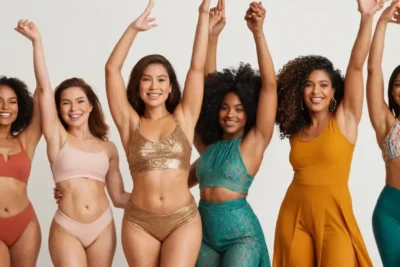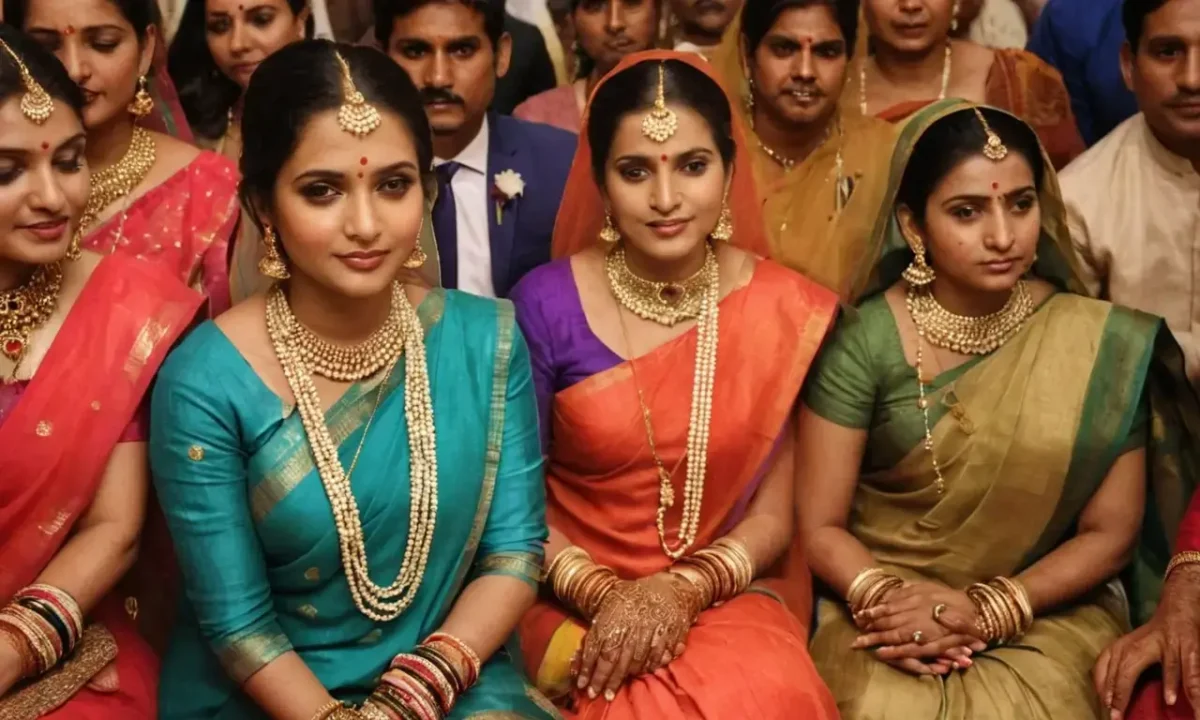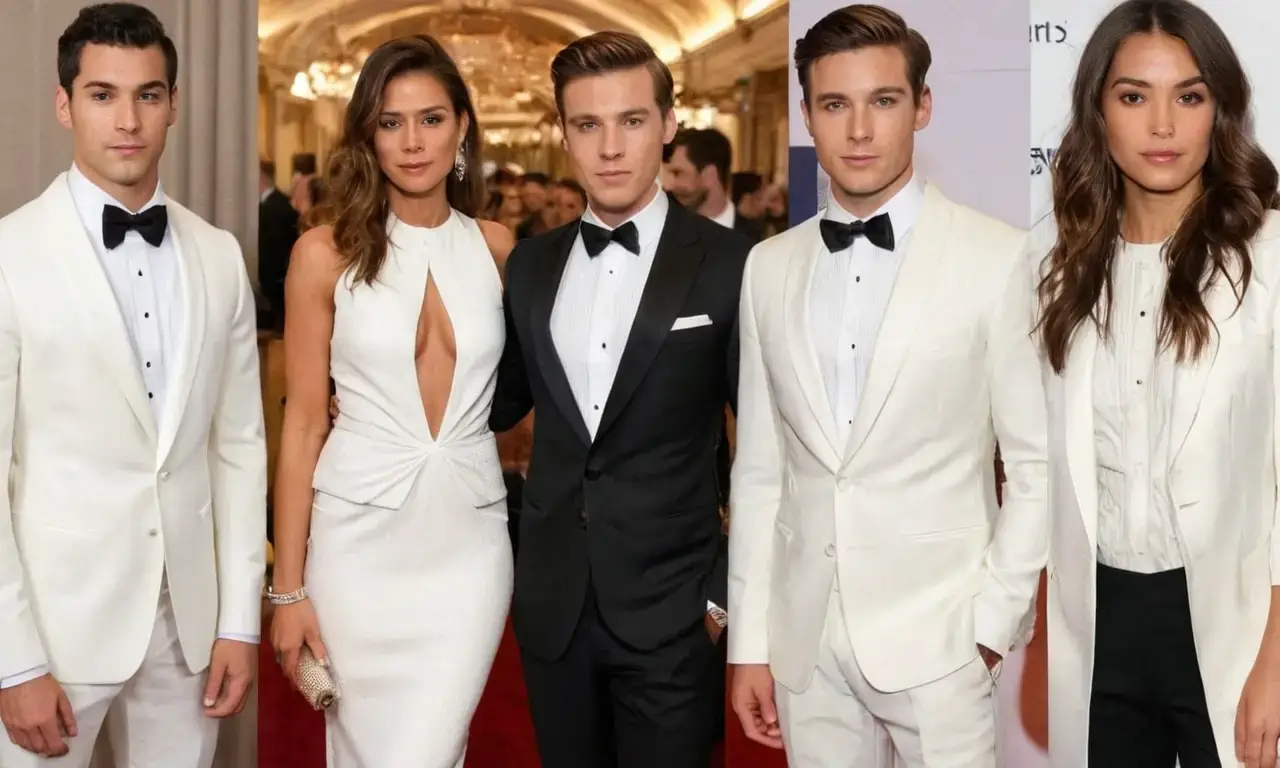
Wedding Guest Fashion Faux Pas to Avoid

Attending a wedding can be an exciting and memorable experience, but it's equally important to remember that there are certain unwritten rules when it comes to dressing for the occasion. While personal style is always encouraged, there are specific fashion faux pas that guests should avoid in order to show respect for the couple getting married. From traditional no-go colors to attention-seeking accessories, understanding these guidelines can make a significant difference in how you're perceived by others.
The objective of this article is to provide an extensive guide on the most common wedding guest fashion faux pas to steer clear of. By exploring various aspects of dress code etiquette and offering practical advice, we aim to empower readers with the knowledge they need to navigate these situations confidently. Whether you're a seasoned wedding guest or attending your first wedding, this comprehensive resource will equip you with the necessary tools to make a positive impression while respecting the couple's special day.
Black attire
When it comes to choosing an outfit for a wedding, one of the most critical considerations is the color palette. While black can be a versatile and elegant choice in many contexts, it's generally considered a no-go at weddings. This is especially true if the dress code isn't explicitly stated as formal or if you're unsure about the couple's preferences.
The reason for this is largely rooted in tradition. Black attire often evokes associations with funeral wear, which can be perceived as insensitive and inappropriate for a celebration like a wedding. Furthermore, black clothing can sometimes appear too somber or even morbid, especially if it's paired with other dark colors. If you're unsure about the dress code, erring on the side of caution by choosing lighter shades can help avoid any potential misunderstandings.
Revealing outfits
Another aspect to consider when dressing for a wedding is the level of modesty required. While personal style and comfort are essential, revealing outfits that show too much skin or suggest an overly casual attitude should be avoided. This includes dresses that are too short, tops that expose too much cleavage, or any other attire that might make you feel self-conscious.
Choosing clothing that covers your shoulders and knees is a good rule of thumb for most weddings. Not only does this show respect for the occasion, but it also helps to create a comfortable environment for everyone involved. Remember, the focus should be on celebrating the couple's love and commitment, not on drawing attention away from them with provocative attire.
Jeans and flip-flops
When considering what to wear to a wedding, jeans and flip-flops are generally considered inappropriate choices. While casual weddings might allow for these types of outfits, they're usually reserved for more relaxed gatherings or outdoor events. For indoor weddings, especially those that are formal or semi-formal, it's best to opt for dressier alternatives.
Jeans can be a bit too casual and may not fit in with the overall aesthetic of the wedding. Flip-flops, on the other hand, are often seen as too informal and might make you look like you're not taking the occasion seriously enough. If you want to wear jeans, consider pairing them with a dressier top or shoes that elevate your outfit.
Outshining the groom

One of the most important etiquette rules when attending a wedding is avoiding upstaging the groom. While it's natural to want to look your best, dressing in a way that draws attention away from the couple can be seen as impolite. This means avoiding outfits that are significantly more elaborate or flashy than what the groom and his party are wearing.
Instead of competing with the groom for attention, focus on finding an outfit that complements the wedding's dress code without drawing too much attention to yourself. Remember, the day is about celebrating the couple's love story, not your own fashion sense.
Bellbottoms
Bellbottoms can be a stylish choice in certain contexts, but they're generally best avoided at weddings unless specifically requested by the couple or part of a vintage-inspired theme that fits the wedding's style. The reason for this is largely about avoiding any potential confusion with the bride's attire. While it might seem like a harmless fashion choice, bellbottoms can sometimes be mistaken for bridal wear, especially if they're paired with other elements that resemble traditional wedding dresses.
If you do decide to wear bellbottoms, make sure they fit in with the overall aesthetic of the wedding and don't draw attention away from the couple. It's also a good idea to consider the dress code specified by the invitation or communicated through other means before making your final decision.
Tiaras and attention-seeking headpieces
Tiaras and other attention-seeking headpieces are best avoided at weddings, as they can be seen as overly dramatic and distracting from the couple. While it's understandable that you might want to add a touch of glamour to your outfit, these types of accessories often draw too much attention away from the bride.
Instead, opt for simpler, more understated headpieces or hair styles that complement your overall look without drawing unnecessary attention. Remember, the focus should be on celebrating the couple, not on making yourself the center of attention.
Prom dresses
While can you wear prom dress to wedding might seem like a straightforward question, the answer is generally no. Prom dresses are often associated with high school events and can sometimes resemble bridal attire, which can lead to confusion or even offense. If you're unsure about what to wear, it's always best to err on the side of caution and choose an outfit that's more subdued.
However, if you do have a prom dress that fits the wedding's theme or style, consider pairing it with different accessories or shoes to give it a unique twist. This way, you can still express your personal style while avoiding any potential faux pas.
Business attire
Business attire is generally not suitable for weddings unless specifically requested by the couple or part of a formal event. While suits and ties are appropriate in certain contexts, they might make you look out of place at a more casual wedding celebration.
Instead, opt for celebratory clothing that reflects the occasion's lighthearted nature. This could include dresses, skirts, or other outfits that convey a sense of joy and festivity. Remember to balance your attire with the dress code specified by the invitation or communicated through other means.
Overly formal accessories
When it comes to wedding guest fashion faux pas, overly formal accessories can also be a misstep. While it's understandable to want to add some sparkle to your outfit, overdoing it can make you stand out in the wrong way. Avoid wearing anything that might draw too much attention away from the couple or seem like an attempt to upstage them.
Instead, opt for simpler accessories that complement your overall look without overpowering it. A delicate necklace or a pair of elegant earrings can add a touch of sophistication without drawing unnecessary attention.
Dress code considerations
Before deciding on what to wear to a wedding, always consider the dress code specified by the invitation or communicated through other means. This will give you a clear idea of what's expected and help you avoid any potential faux pas. If there's no specific dress code mentioned, it's usually best to err on the side of caution and choose an outfit that's more subdued.
Remember, dressing for a wedding is about showing respect for the couple and their special day. By paying attention to the dress code, you can ensure your attire aligns with the occasion's tone and avoids any potential misunderstandings.
Wedding theme inspiration
When choosing what to wear to a wedding, it's also helpful to consider the theme or style of the event. If the invitation specifies a particular color scheme or aesthetic, try to incorporate those elements into your outfit. This will not only show that you're paying attention but also help you avoid any potential fashion faux pas.
For example, if the wedding is a vintage-themed affair, you might want to opt for more traditional or period-specific attire. If it's a beach wedding, consider lighter, brighter colors and fabrics that fit in with the relaxed atmosphere.
Conclusion
Attending a wedding requires attention to detail when it comes to fashion choices. By avoiding common faux pas such as upstaging the groom, wearing overly formal accessories, or choosing outfits that resemble bridal attire, you can ensure your presence is appreciated without drawing unnecessary attention away from the couple. Remember to consider the dress code specified by the invitation and the theme of the wedding when making your final decision. With a little thought and planning, you'll be able to find an outfit that complements the occasion while showing respect for the happy couple.
Leave a Reply

Related Links